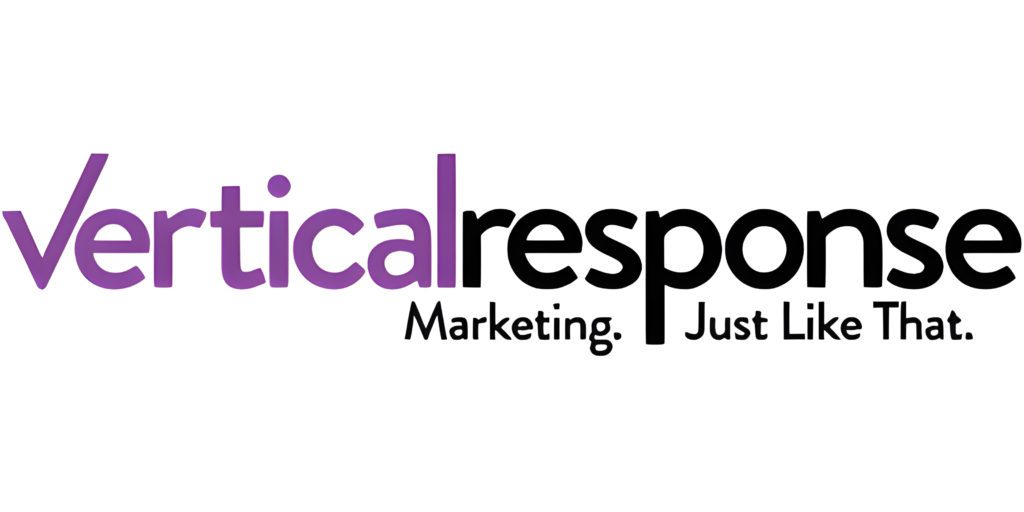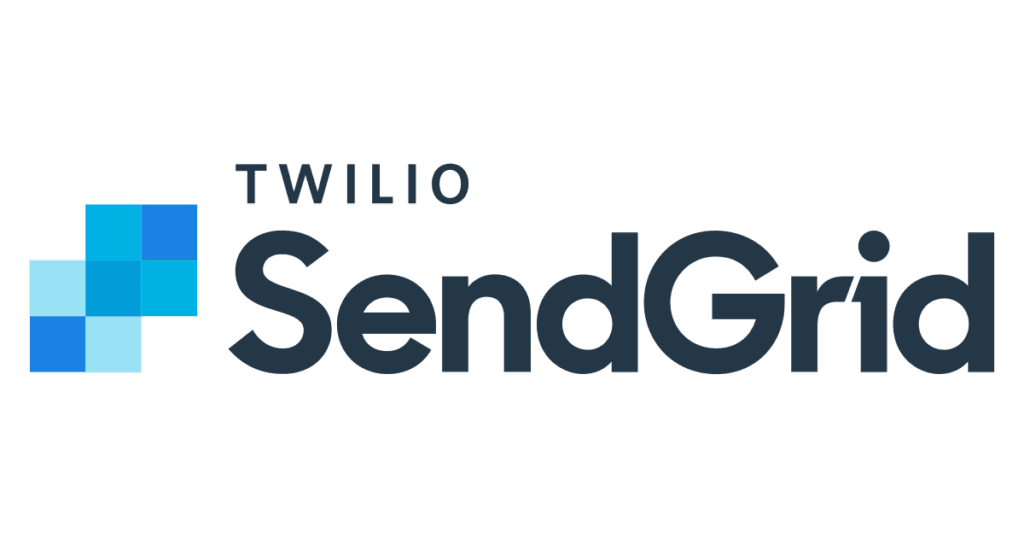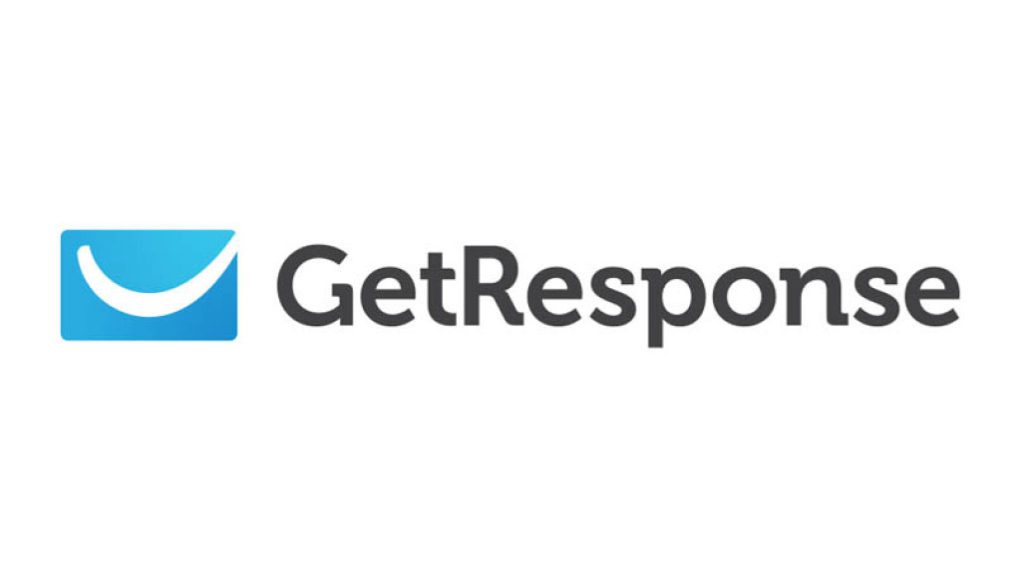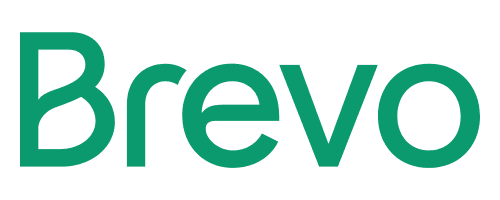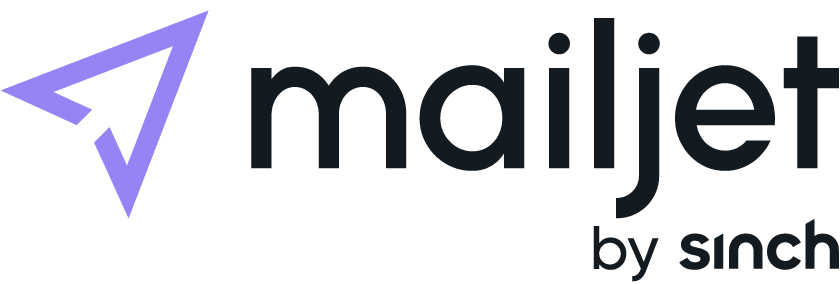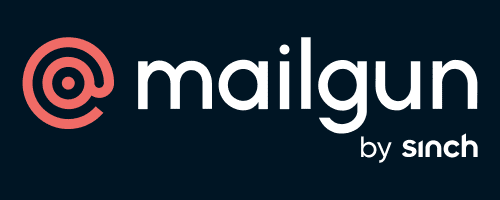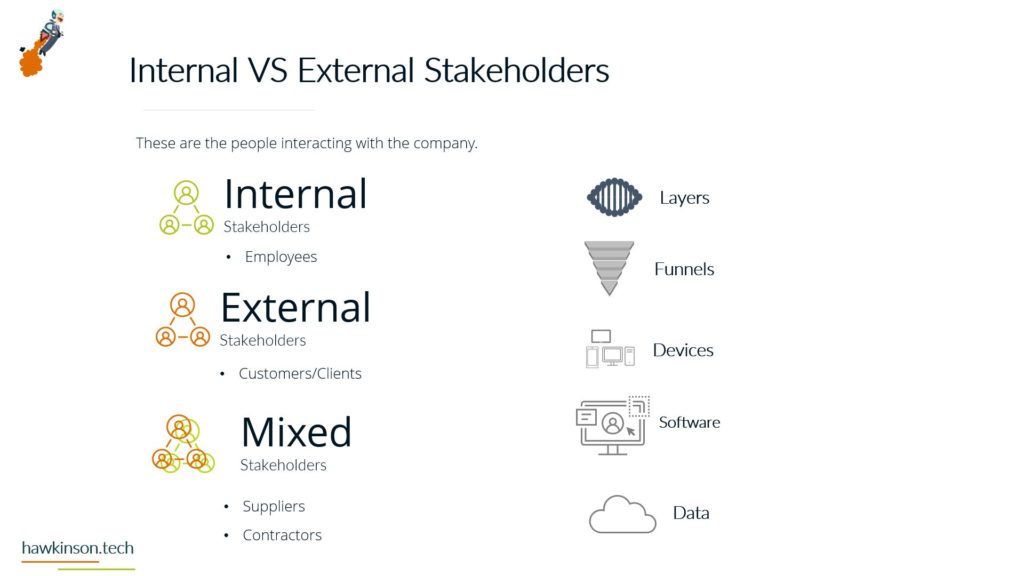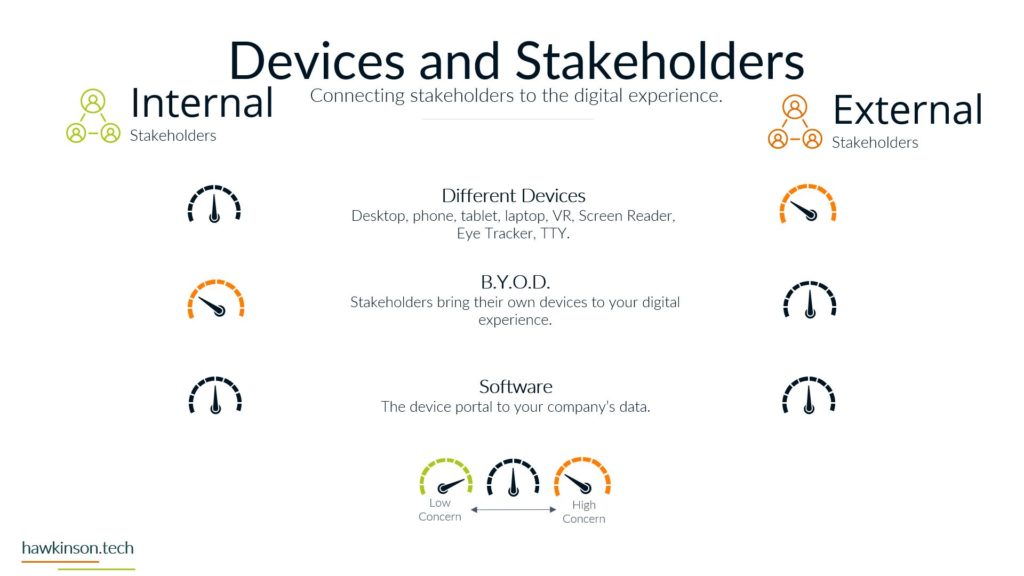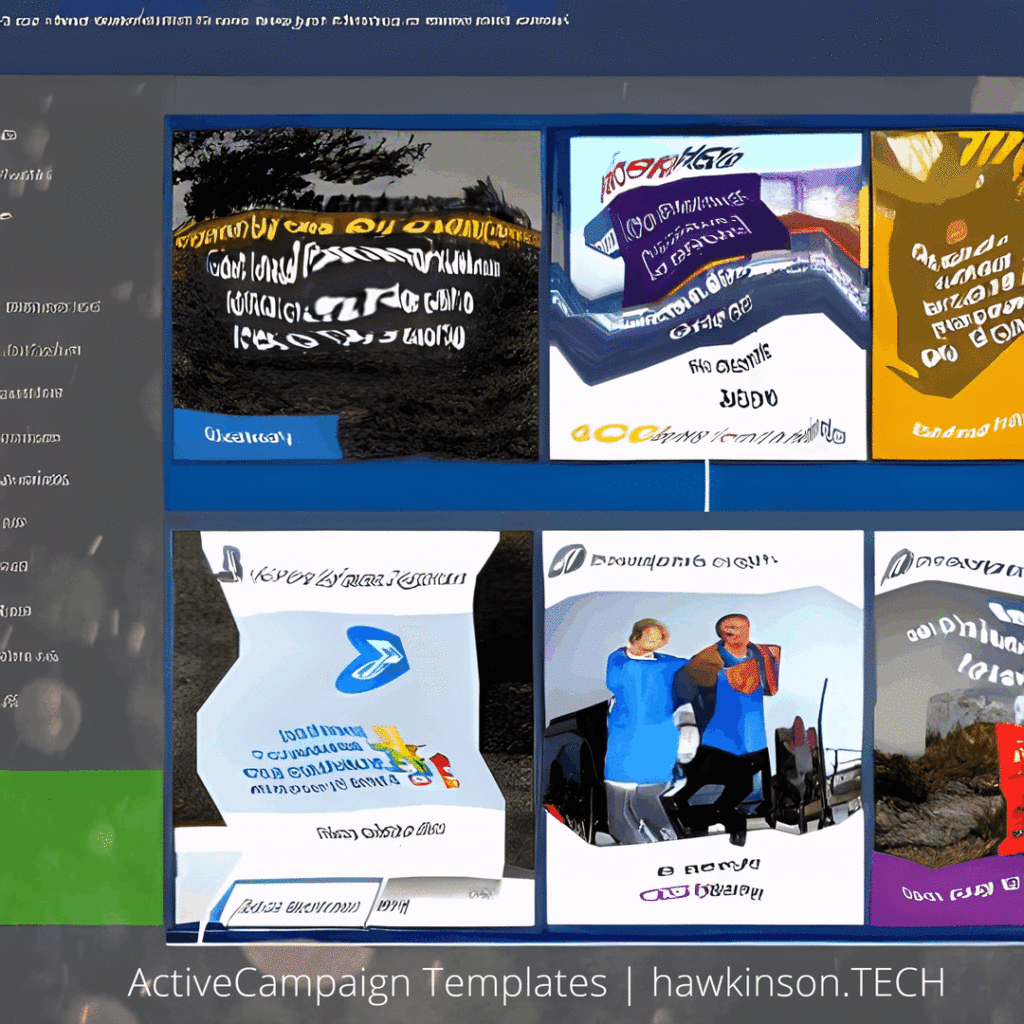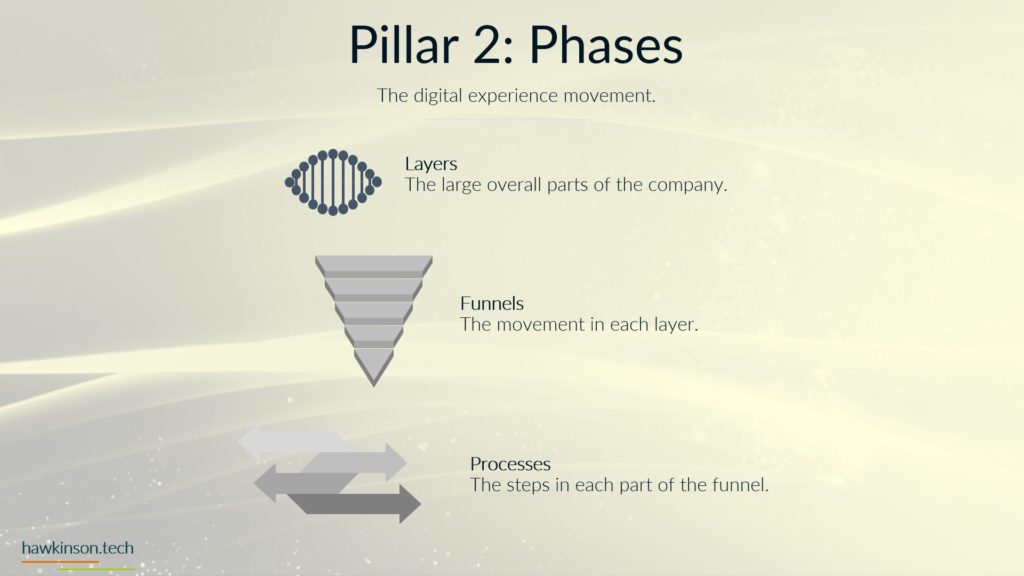Businesses rely heavily on data connections to create seamless and efficient digital experiences in today’s rapidly evolving digital landscape. These connections are crucial in optimizing processes, fostering collaboration, and ensuring data security. In this comprehensive guide, we will delve into the key aspects of data connections and their significant impact on the digital experience of businesses.
The Foundation of Data Connections – Software Interconnections and APIs
Understanding Software Interconnections for Enhanced Digital Experiences
The heart of data connections is understanding how different software applications can be interconnected. Software interconnections form the foundation for efficient data communication between systems. Whether connecting a CRM with a finance app or integrating an inventory management system with an e-commerce platform, the seamless data flow enhances the digital experience for businesses and their customers.
Empowering Seamless Communication through APIs
Application Programming Interfaces (APIs) facilitate the smooth integration of diverse software systems. APIs define the protocols and tools that enable different applications to communicate with each other. By leveraging APIs, businesses can unlock the full potential of their data connections and streamline data sharing across various platforms. We’ll explore the significance of APIs in building efficient data connections that fuel seamless digital experiences.
Building Logical Data Flows
Navigating Data Flows in a Complex Digital Ecosystem
Data connections often involve intricate data flows, especially in organizations with interconnected software applications. Understanding the direction and flow of data is essential to creating logical connections between systems. Businesses must establish robust logic when data moves bidirectionally between applications to ensure smooth and error-free data communication.
Optimizing Data Synchronization for Real-time Insights
The ability to synchronize data in real time is a game-changer for enhancing the digital experience. When stakeholders have access to the most up-to-date information, they can make informed decisions promptly. We’ll explore how optimizing data synchronization between applications enables businesses to gain valuable insights and respond rapidly to changing market conditions.
Breaking Down Business Silos with Data Connections
Promoting Collaboration Across Departments
Data connections are crucial in breaking down business silos and fostering department collaboration. Organizations can eliminate data silos and promote better communication by connecting data and sharing information. We’ll delve into how data connections enable stakeholders to work together seamlessly, leading to improved decision-making and a unified approach to business strategy.
Enhancing Cross-functional Insights
With data connections in place, businesses can harness cross-functional insights to fuel growth and innovation. Sales, marketing, finance, and other departments can access shared data to view the organization’s performance comprehensively. We’ll explore how breaking down data barriers empowers teams to collaborate and strategize effectively.
Real-time Data Access for Enhanced Digital Experiences
Delivering Customer-centric Experiences in Real-time
In the era of instant gratification, real-time data access is paramount for delivering exceptional customer experiences. When sales representatives have immediate access to inventory data, they can provide accurate product availability information to customers, leading to increased satisfaction and loyalty. We’ll explore how real-time data access revolutionizes customer interactions and builds brand loyalty.
Optimizing Inventory Management with Real-time Data
For businesses managing inventories, real-time data access is a game-changer. When inventory levels are updated in real-time, businesses can avoid stockouts and overstock situations, leading to cost savings and improved supply chain efficiency. We’ll discuss how data connections empower businesses to optimize inventory management and deliver products to customers seamlessly.
Ensuring Secure Data Connections
Prioritizing Data Security in Data Connections
Data connections must be safeguarded to protect sensitive information and maintain data integrity. The growing risk of cyber threats makes data security a top business priority. We’ll delve into the importance of securing data connections, assessing potential risks, and implementing robust security measures to protect critical data from unauthorized access.
Data Encryption and Secure Protocols
Implementing data encryption and secure communication protocols is essential for securing data connections. Businesses must adopt industry-standard encryption methods to ensure data remains confidential and protected during transmission. We’ll explore encryption techniques and secure protocols to safeguard data connections.
Regulating Data Access and User Permissions
The Significance of Regulating Data Access
Data access and user permissions regulation are crucial for data security and compliance. Granting access only to authorized personnel prevents unauthorized users from gaining entry through data connections. Organizations can minimize the risk of data breaches by implementing well-defined user permissions and maintaining data confidentiality.
Role-based Access Control for Data Connections
Role-based access control (RBAC) is a powerful system regulating data access within interconnected systems. By assigning specific roles to users and granting access privileges, businesses can ensure that employees can access only the data relevant to their roles and responsibilities. We’ll explore how RBAC enhances data security and streamlines data communication across departments.
In conclusion, data connections form the backbone of a seamless digital experience for businesses. Understanding how software interconnects through APIs, building logical data flows, and breaking down business silos with interconnected data are essential for optimizing digital processes. Providing stakeholders with real-time data access and ensuring secure connections contribute to a seamless and secure digital environment.
By embracing the power of data connections, businesses can unlock new opportunities, enhance customer experiences, and stay ahead in the competitive digital landscape. As you embark on your digital journey, remember that data connections are the key to achieving a thriving digital experience foundation.











